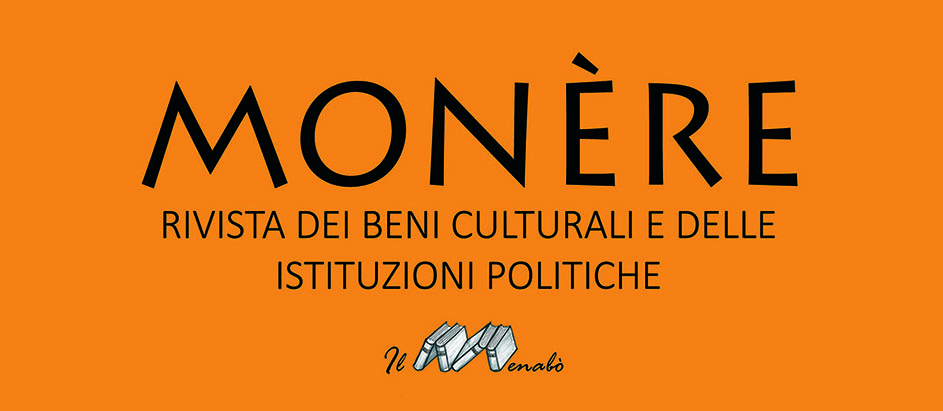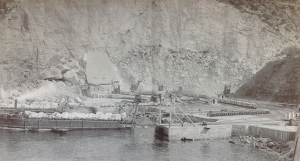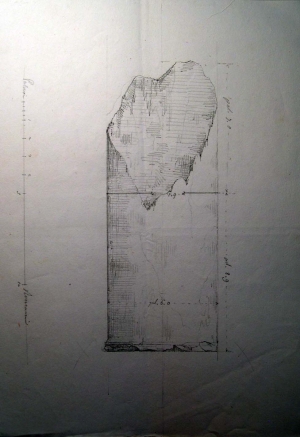From the early 20th century, and for fifty years over, the Massa Lubrense coast – at the far end of the Sorrento peninsula – hosted many limestone quarries that have quickly taken the place of the traditional extractive activities. Pushed by the growing demand for raw materials, necessary for the great public works envisaged by the law regarding the Economical Development of Naples (1904), and those financed by the Neapolitan High Commission (1925-‘36), the quarry industries have irreparably modified the morphology of large portions of the coast between the bays of Puolo and Recommone. Therefore, it is not a coincidence that the first oppositions into the destruction of this extraordinary natural context will arise from Capri, where in July 1922 was organized the first Landscape Conference by the island mayor, Edwin Cerio. The conference, a local and national extraordinary event at the same time, allowed to reflect on the recent Italian law regarding the Protection of Natural Beauty, laying the foundations for the development of a true 'national landscape conscience'. Thanks above all to Cerio and to the Massa Lubrense mayor, Salvatore Cerulli, in the following years will be at last listened the condemnations by Norman Douglas, Gino Doria and, later, Roberto Pane, contributing so to the progressive closure of the lubrense quarries by the mid-century.
Giuseppe Pignatelli
The reconstruction of the Basilica of St. Paolo Fuori le Mura has been extensively addressed by renowned scholars, to whom we refer for a more complete understanding of its events over time. The essay proposes a framing of the story within the activity of the bodies for the protection of the historical-artistic heritage of the former Italian states. Among these organizations of particular interest, for the significant institutional organization that the Papal State had given itself, are the Auxiliary Commissions of Fine Arts established by the Edict of Cardinal Pacca of 1820 in all provinces of the State, in direct dependence with the Commission of Central Fine Arts in Rome. The documentary body is kept in the State Archives of Rome. The fund has vast proportions and the time relocation of the events described is complex, since the cards are not chronologically stored.
Mariano Nuzzo


